Google Marketing Live 2025: AI, Multimodal Search, and Agentic Experiences in Google, YouTube and its Advertising Solutions
Stepping out of Google Marketing Live 2025, one thing is crystal clear: the future we’ve been discussing in abstract terms has arrived. Google is no longer just a search engine or an advertising platform; it's rapidly evolving into an AI-driven ecosystem where text, voice, video, and images converge to create a truly multimodal and increasingly agentic user experience. For all of our clients in retail, luxury, e-commerce, banking, insurance, and telecom, but also CPG and even B2B, this isn't just another wave of updates – it's a fundamental shift in how brands will connect with consumers and businesses.















